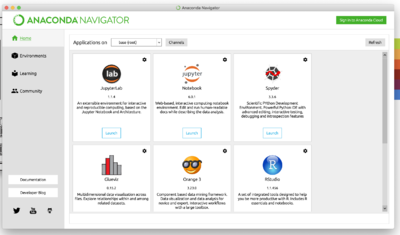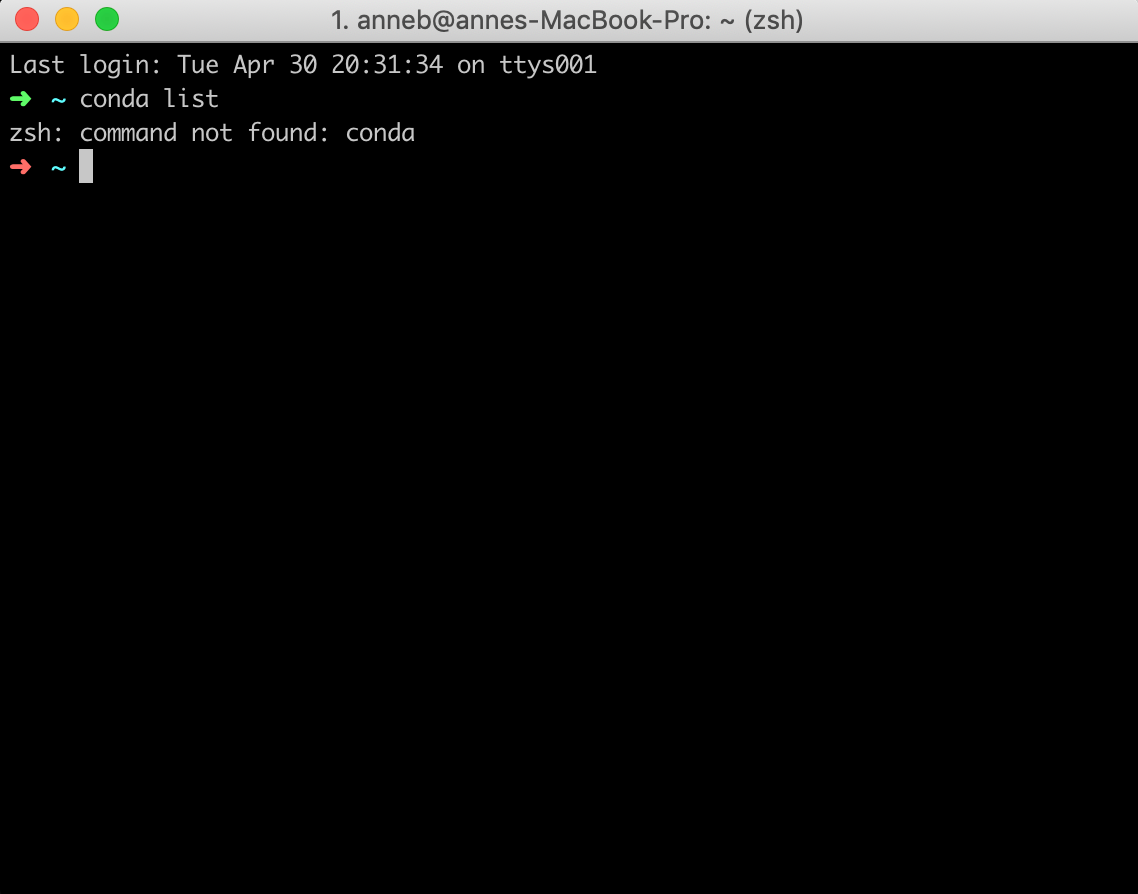Original article can be found here (source): Artificial Intelligence on Medium
- Install Anaconda On Mac
- Anaconda Download Mac Os Catalina Safari
- Anaconda Download Mac Os Catalina Dmg
- Anaconda Download Mac Os Catalina Installer

Update Anaconda in Mac Update Anaconda Navigator in macOS Sierra, High Sierra, Mojave, Catalina in 2020 under 2 minutes. Video link mentioned in this video (Get conda working in mac terminal. Download Anaconda for Mac & read reviews. Eliminate devops. Advertisement Platforms. Operating system: Windows 7 or newer, 64-bit macOS 10.10+, or Linux. Anaconda Individual Edition is the world’s most popular Python distribution platform with over 20 million users worldwide. You can trust in our long-term commitment to supporting the Anaconda open-source ecosystem, the platform of choice for Python data science. Another key change since the last release is that Apple released macOS version 10.15 – Catalina. Unfortunately, this was a breaking release for previous versions of Anaconda that used the pkg installer. The Anaconda Distribution 2019.10 installers address the issues and should install without trouble on macOS Catalina. Catalina is a big change for Mac(s) a lot of thing is change like Terminal is now default as zsh not bash or some change on privacy settings. OK so you might want me to get to the point already.
In my previous blog , I walked you through all steps to run a jupyter notebook. If you’re a data scientist or developer and upgraded to macOS Catalina 10.15, then you might have faced some issues with jupyter notebook.The latest version of Mac Catalina functionality is different than the previous s version. Follow below steps to configure and run jupyter notebook.

We will go through each step one by one configure jupyter notebook.
Install Anaconda On Mac

Step I : Install the anaconda distribution.
The preferable way to go forward is to use command line installer instead of graphic . Use this link to download CLI https://repo.anaconda.com/archive/Anaconda3-2020.02-MacOSX-x86_64.sh
Once downloaded ,go to terminal and run
I will be using python3 as python2 is not much in use now a days.
To start the installation run below command in your terminal.
Instead of Downloads use the path where you have install anaconda distribution and replace Anaconda3–2020.02-MacOSX-x86_64.sh with your filename.
You need to press Enter here ,
Read the license agreement and scroll to bottom
Enter yes. Next it will ask for location to install.
Press Enter .
Once you press enter , message props “Do you wish the installer to initialize Anaconda3 by running conda init?”
Enter Yes

The default shell for Catalina is zsh so our next step will be to install Zsh
Step II :Set-up macOs Terminal with Zsh
For Catalina
First set-up Xcode command-line tools, also known as xcode-select
If there is some issue try running below script.
Then you need to install software package management system for macOS i.e Homebrew.
Run the below command
Next step is to install default shell for Catalina ,i.e zsh.
Now we need to integrate zsh in iterm2. If you are not having iterm2 ,install it using brew.
For zsh — iterm2 integration ,
Step III :Conda ,Pip and Jupyter installation
Conda can be installed using brew
Update conda to latest version
For pip you can either use conda or easy install
Conda way
Easy install way
For nbextensions run following command
Lastly for jupyter use brew
Step IV :Creating Virtual environment and link it to ipykernel
To create a virtual environment pass the name of environment with python version to be used. Suppose we name our environment as cat and want to use python 3.8.2 version.
Activate the environment
Anaconda Download Mac Os Catalina Safari
Install ipykernel
Link kernel to virtual environment.
If you want to display the name of environment say “Cat_Virtual”
Go to iterm2 and run
Open any notebook , it will appear like this,
Anaconda Download Mac Os Catalina Dmg

Anaconda Download Mac Os Catalina Installer
Enjoy 😊 !!